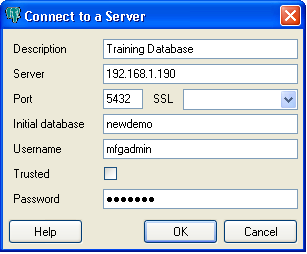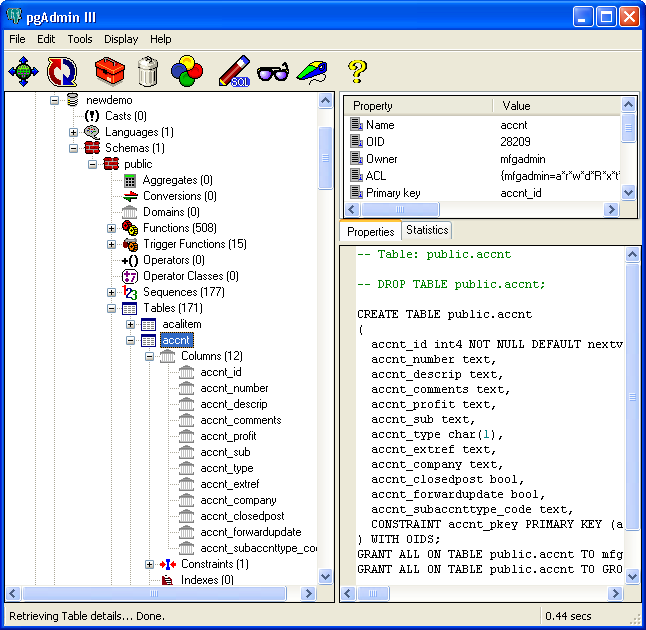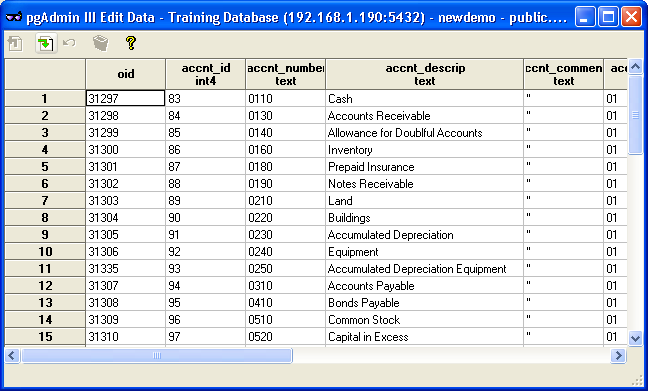The best description of pgAdmin III can be found on the project’s website:
“pgAdmin III is the most popular and feature rich Open Source administration and development platform for PostgreSQL, the most advanced Open Source database in the world. The application may be used on Linux, FreeBSD, Solaris, Mac OSX and Windows platforms to manage PostgreSQL 7.3 and above running on any platform, as well as commercial versions of PostgreSQL such as Pervasive Postgres, EnterpriseDB, Mammoth Replicator and SRA PowerGres.
“pgAdmin III is designed to answer the needs of all users, from writing simple SQL queries to developing complex databases. The graphical interface supports all PostgreSQL features and makes administration easy. The application also includes a syntax highlighting SQL editor, a server-side code editor, an SQL/batch/shell job scheduling agent, support for the Slony-I replication engine and much more. Server connection may be made using TCP/IP or Unix Domain Sockets (on *nix platforms), and may be SSL encrypted for security. No additional drivers are required to communicate with the database server.
“pgAdmin III is developed by a community of PostgreSQL experts around the world and is available in more than a dozen languages. It is Free Software released under the Artistic License.”
Those who use pgAdmin III find it to be invaluable for performing database maintenance, along with simply examining database structures and data.
You can download pgAdmin III for free either from the pgAdmin website (http://www.pgadmin.org/) or from the PostgreSQL website (http://www.postgresql.org). It is available for multiple operating systems and features an easy-to-use installation utility.
Once you have completed the installation of pgAdmin III, it is time to configure a connection to your xTuple Database. To begin, select the “Add Server” option from the pgAdmin III “File” menu. You will be presented with the following screen:

You will need to provide the URL or IP address of your server along with the port on which PostgreSQL is listening. Then, you will identify the name of your xTuple Database—as well as the username and password for the user who will be establishing the connection.
Once the server has been added and you have established a connection, the pgAdmin will screen will look as follows:

pgAdmin III will add your new connection to its list of servers. In the future, you can simply double-click on the name of a server to initiate a connection.
Using pgAdmin III is helpful when creating OpenRPT reports because it enables you to see all of a database’s tables and their corresponding columns. It is also possible to see data—and even maintain data—by drilling down to a specific table, right clicking on it, and selecting the “View Data” from the resulting menu. The following screenshot illustrates the data view:

The pgAdmin III utility is a very powerful tool. Be sure to take care when using the “View Data” option, as it enables you to manually update data in the database.
Note
Also worth noting is pgAdmin’s SQL Help option located under the Help menu. These help filed provide very detailed descriptions and examples of SQL commands, syntax, and statements.